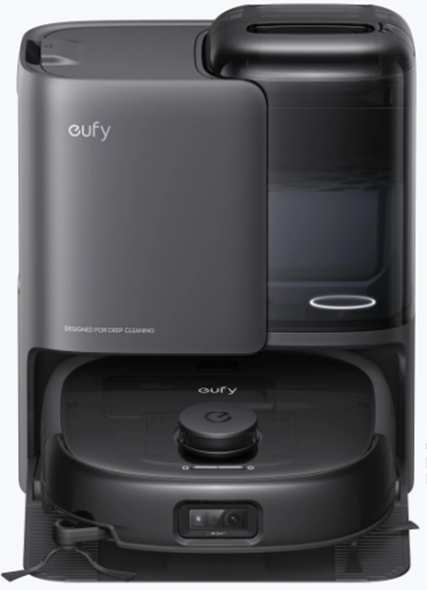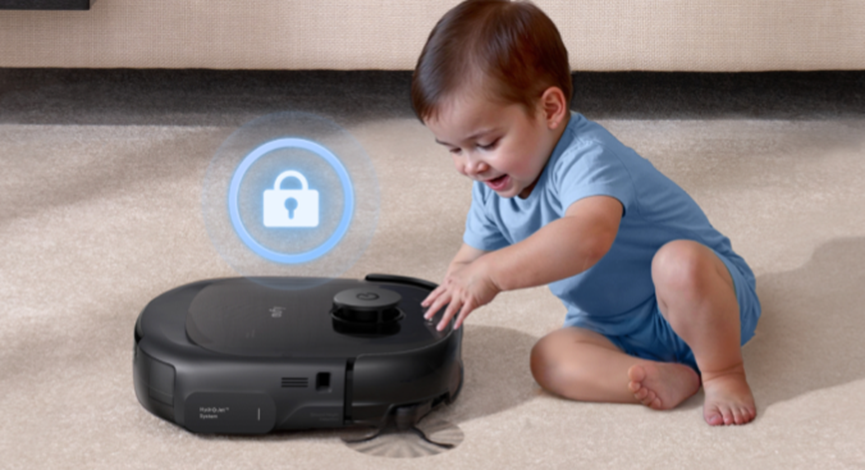Robot vacuum cleaners have become a staple in modern homes, offering a convenient way to keep spaces tidy without constant manual effort. However, with a wide array of models available, each boasting different functions and capabilities, choosing the right one can be tricky. The key is to focus on the aspects that matter most to your daily life and home environment. This guide outlines the essential things to keep in mind to ensure you pick a robot vacuum that meets your expectations.

Analyze Your Space and Cleaning Demands
Your home’s size, layout, and the specific cleaning tasks you need handled are fundamental in determining the right robot vacuum cleaner.
Home Size and Layout
The size of your home directly affects the required battery life and cleaning coverage of the robot vacuum. For small apartments (less than 1,000 square feet), a model with a battery life of 60-90 minutes should suffice. Larger homes (over 1,500 square feet) need a robot with a longer runtime, ideally 120 minutes or more, and the ability to return to its base to recharge and resume cleaning. Additionally, if your home has complex layouts with many rooms, corridors, or obstacles, a robot with good mapping and navigation skills is necessary to ensure every area is cleaned efficiently.
Specific Cleaning Needs
Different households have different cleaning priorities. If you live in a home with kids, you might deal with more crumbs and spills, so a robot with strong suction power to pick up large debris is important. For those who frequently entertain guests, a robot that can quickly clean high-traffic areas on demand is useful. If you have plants, you may need a robot that can avoid loose soil around pots. Identifying these specific needs helps narrow down your options to a robot that addresses your unique cleaning challenges.
Examine Core Functional Features
The functional features of a robot vacuum determine its cleaning performance and versatility.
Suction Power and Cleaning Modes
Suction power is a critical factor in how well a robot vacuum cleans. It’s measured in Pascals (Pa), and higher suction is better for deep cleaning carpets and picking up stubborn dirt. However, it’s not just about the number—adjustable suction is key. This allows the robot to use lower suction on hard floors to save energy and higher suction on carpets for a thorough clean. Various cleaning modes also add value. Spot cleaning mode focuses on specific dirty areas, edge cleaning mode targets corners and baseboards, and scheduled cleaning mode lets you set regular cleaning times, ensuring your home stays clean automatically.
Mopping Capabilities (If Needed)
Many modern robot vacuums come with mopping functions, which is a great bonus for homes with hard floors. If mopping is important to you, consider the type of mopping system. Some robots have a damp cloth that wipes the floor, while others have a water tank with controllable water flow for more effective mopping. It’s also worth checking if the mopping function can be easily turned off when cleaning carpets to avoid wetting them. For homes with both carpets and hard floors, a robot with a liftable mopping plate that raises when it detects carpets is ideal.
Consider User-Friendliness and Additional Factors
Beyond cleaning performance, the user experience and extra features of a robot vacuum can significantly impact your satisfaction.
Ease of Use and Maintenance
A robot vacuum should make your life easier, not more complicated. Look for models with intuitive controls, either via a simple interface on the robot itself or a user-friendly smartphone app. The dustbin should be easy to remove and empty—models with one-click emptying are much more convenient. Maintenance is also important. Check how often the filters, brushes, and other components need to be cleaned or replaced. Robots with self-cleaning brushes that reduce hair tangling and washable filters can save you time and effort in the long run.

Extra Features for Convenience
Additional features can enhance the overall experience. Virtual wall technology allows you to restrict the robot’s movement to certain areas, preventing it from entering rooms you don’t want cleaned. Self-emptying bases are a great convenience, as they automatically empty the robot’s dustbin into a larger container, reducing how often you need to handle dirt. Some robots also have alerts that notify you when the dustbin is full, the battery is low, or there’s a malfunction, keeping you informed without constant checking.
Conclusion
Selecting the right robot vacuum cleaner requires considering your home’s space, specific cleaning demands, core functional features, and user-friendliness. By taking these factors into account, you can find a robot that not only cleans effectively but also fits seamlessly into your lifestyle. Whether you prioritize strong suction, mopping capabilities, or easy maintenance, the perfect robot vacuum is out there—one that will make keeping your home clean a hassle-free task.
